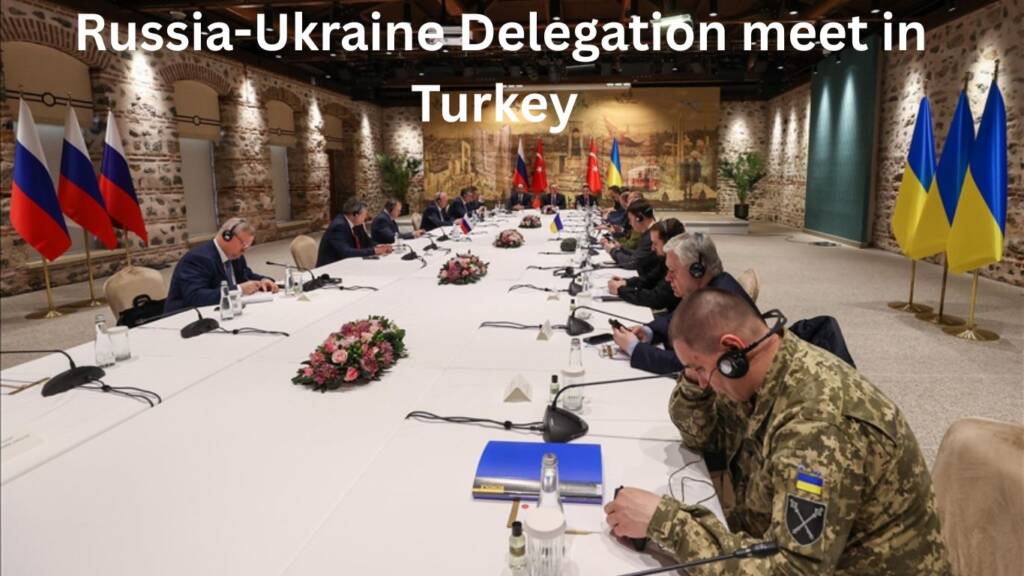In a rare direct meeting between Russia and Ukraine, held at Istanbul’s Dolmabahçe Palace, both sides agreed to a large-scale prisoner exchange—the biggest since the war began in 2022. Each side will release 1,000 prisoners of war. While this marks a notable humanitarian development, the peace talks failed to deliver any real progress toward ending the conflict. However, it can be considered a start of direct talks between the conflicting parties.
This was the first direct meeting between Russian and Ukrainian officials in nearly three years. The talks were short, lasting less than two hours, and did not include Russian President Vladimir Putin or Ukrainian President Volodymyr Zelenskyy. The meeting took place under pressure from U.S. President Donald Trump, who has been urging both sides to engage in dialogue.
Ukraine came to the table hoping to secure a 30-day ceasefire as a starting point for further discussions. However, Russia rejected this proposal. Instead, Moscow continued to push for its hardline demands, including restrictions that would limit Ukraine’s independence—a stance Kyiv finds unacceptable.
Appearance Says it All.
Images from the meeting told their own story. The Russian delegation, dressed in formal suits, sat across from the Ukrainian team, who wore their signature green military fatigues. This visual contrast symbolized the deep divide between the two sides, both in appearance and in position.
Despite the lack of progress on larger issues, Russia’s chief negotiator, Vladimir Medinsky, called the meeting a success. He confirmed the prisoner swap agreement and said both sides had agreed to continue negotiations. Medinsky also acknowledged Ukraine’s request for a direct meeting between Zelenskyy and Putin, which is now under consideration.
Each country will now work on drafting its version of a potential ceasefire plan. Once these are prepared, more talks will follow. However, the road to peace remains uncertain. The current situation seems more like a pause than a breakthrough.
Ukraine Looks at Blackfoot
For President Putin, the meeting may be seen as a symbolic win. He managed to resist the ceasefire demand while still appearing open to talks—an important move as he tries to stay on good terms with President Trump. At the same time, Ukraine’s position has been weakened. Zelenskyy’s bold move to push for direct negotiations has so far not led to any major concessions from Russia.
There is also growing concern in Kyiv that Ukraine could be sidelined in future talks. Trump has announced plans to meet Putin directly, saying no real progress can be made until they speak face-to-face. This raises fears that major decisions about Ukraine’s future could be made without Ukraine in the room.
After all, while the prisoner exchange is a positive step, the peace talks did not result in any meaningful shift in the conflict. The fundamental disagreements remain, especially around issues of sovereignty and ceasefire terms. The upcoming proposals for a ceasefire may offer another opportunity for progress, but for now, the war has not ended. Both sides have a long way to go before a real peace deal can be reached. A possible direct talk between Putin and Zelensky, as well as between Putin and Trump, is speculated. These direct meetings are expected to yield tangible results on the ground.
